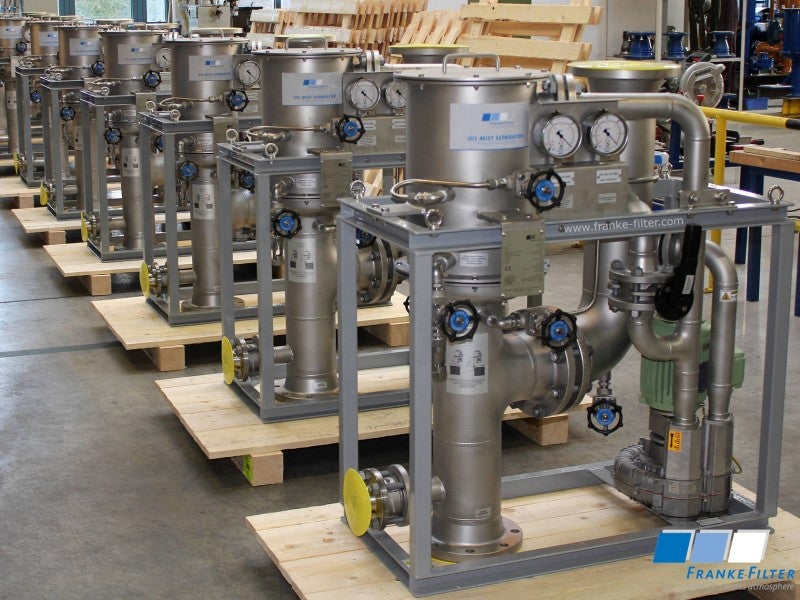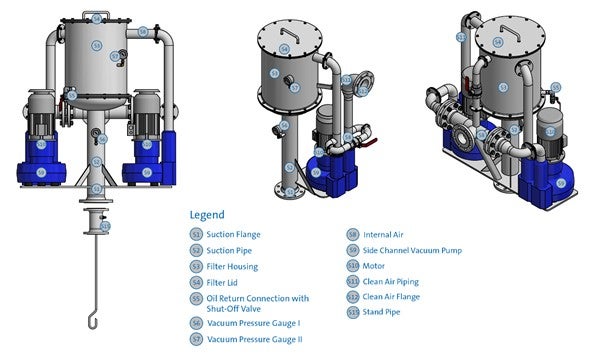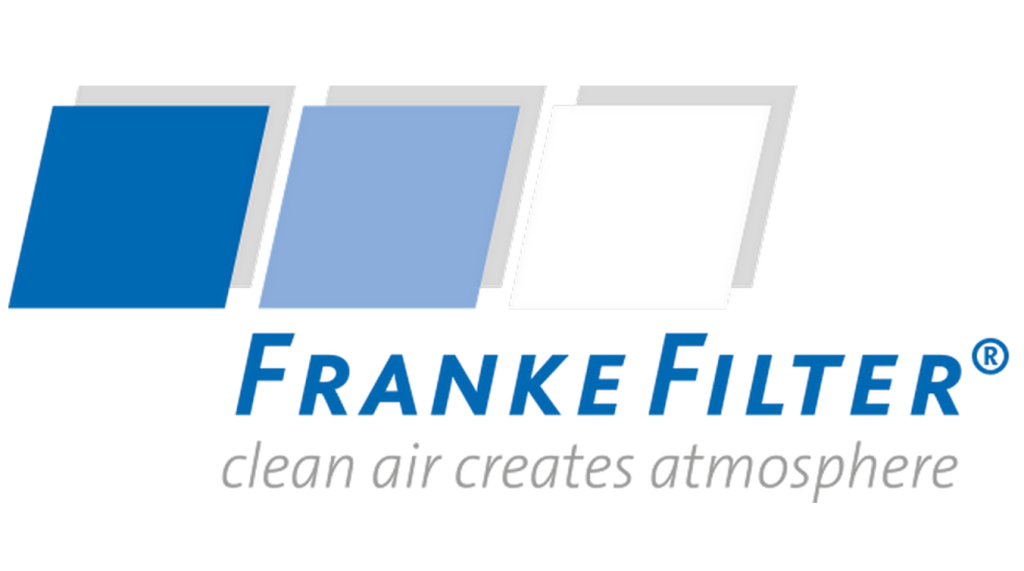
Today, protection of the environment and sustainability are on top of the agenda and the demands are increasing to contribute actively to more efficient production and reduced emissions in industry. Companies not only have to safeguard their staff and equipment, but also comply with the legally applicable environmental protection guidelines.
While operating turbines, motors or compressors, the formation of oil mist is inevitable. If not absorbed, these aerosols may cause damage to the environment, the health of employees and the machines themselves. Therefore, clean air is a cornerstone of sustainable production and protection of the environment.
Protection of your rotating machine
If you notice smoke development that smells strangely like oil, dirty work halls and oil-contaminated equipment, it is high time to act, as these signs clearly prove the necessity of an oil mist separator.
Oil mist occurs in all types of rotary machines. To ensure smooth operation, the machine’s bearings are lubricated. During operation, friction generates a lot of heat, which is responsible for the formation of fine oil particles. If the resulting oil mists are not efficiently extracted, they can lead to contaminated work halls and equipment and thus pose an increased safety risk. In addition, a lack of negative pressure can lead to leaks in the bearings, which can result in a fire hazard. If the oil mist escapes unfiltered into the atmosphere, the environment also suffers in the long term from the polluted air.
How does an oil mist separator work?
Oil Mist separators suck in the air that arises around an oil-lubricated bearing and clean it before it is released back into the environment. There are several techniques for this.
One is by centrifugal force, another with electrostatic metal plates. The most efficient one, mechanical filters, is used by FRANKE-Filter. It operates by using the coalescing effect inside a filtering unit. Oil-laden air is led into the filer by way of a vacuum. An integrated side channel vacuum pump creates the necessary suction, which can be individually adjusted to the given requirements for negative pressure generation via the auxiliary air valve.
The coalescence effect
The air flows through the inlet tube via the cavity through the filter house. Inside the filter housing, the intake air is passed through several highly efficient microfiber filter cartridges, which form the actual oil mist separator.
As the oil-laden air travels this ‘obstacle course’, the considerably heavier and larger oil particles get trapped and compressed, separated from the main air stream. Intelligently designed slats ensure that the fine oil particles on the microfibers coalesce into larger droplets and, once absorbed by the fibres, flow down the seams of the filter cartridges due to gravity.
The oil return
The oil collected at the bottom of the filter is returned to the lubricating oil tank via the return line.
A clean circuit that saves money and protects the environment
Oil mist eliminators by FRANKE-Filter offer this protection by sucking moisture and dirt particles out of the lubricant circuit and filtering them. The filtration efficiency of FF2 oil mist eliminators is at 99.9%, at a particle size of 0.1 µm, thanks to specially manufactured microfiber filter elements. Due to the special filtration process, all additives are retained, and the filtered oil can be added back to the circuit eventually.
Oil mist separators designed individually for all rotating machines
Individually designed and customised solutions for each application are our speciality. Exact settings ensure a constantly controlled vacuum within the lubricating oil system. Due to this, maintenance-free operation of up to 30,000 hours is possible.
FRANKE-Filter is your reliable partner with more than 30 years of experience in the design and construction of oil mist eliminators for gas and diesel engines. This enables us to provide a suitable filter for nearly all rotating machines of the renowned manufacturers.

Click ‘Make an Enquiry’ towards the top of the page for more information.

